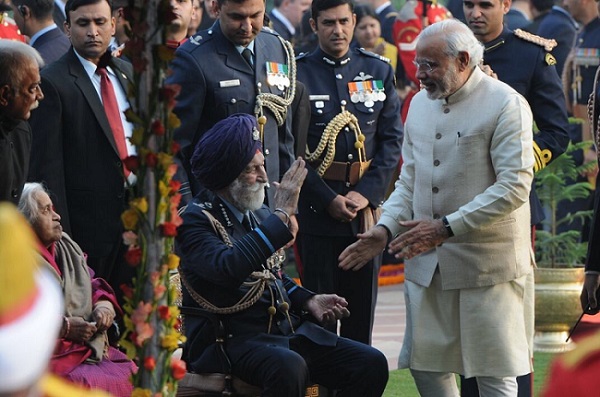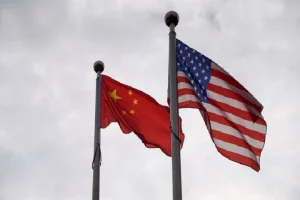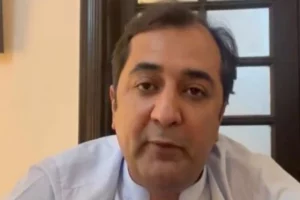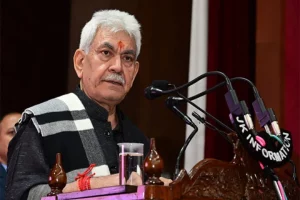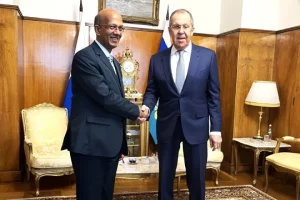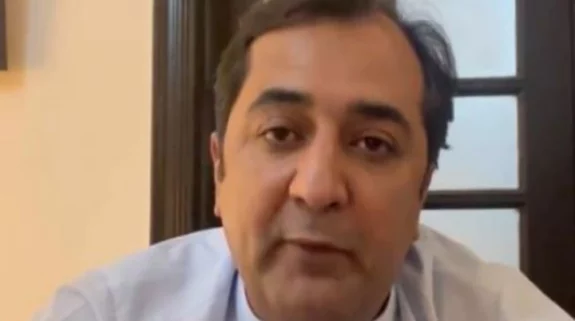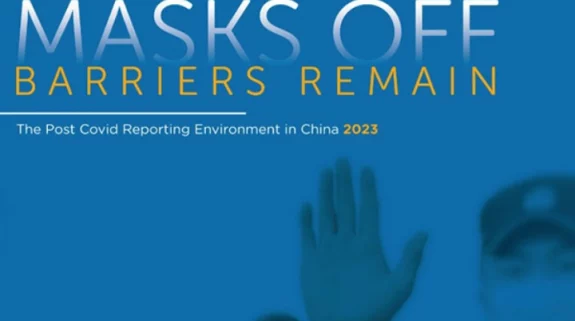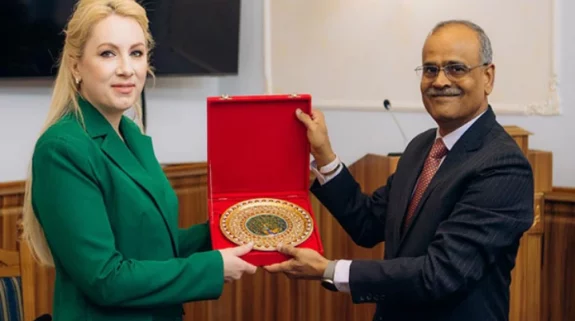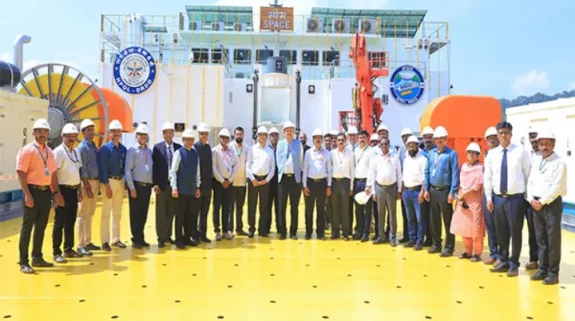India is fondly remembering the first and only Marshal of the Air Force, Arjan Singh on his 102nd birth anniversary today. A World War II hero and a recipient of Distinguished Flying Cross during Arakan Campaign who led the Indian Air Force in 1965 Indo-Pak war, Marshal Singh served as the third Chief of Air Staff and remains the only IAF officer to be promoted to a five-star rank.

The icon of India's military history, Marshal Singh was known for his professional competence, leadership and strategic vision. Believed to have flown over 60 aircraft, he foiled Pakistan's Operation Grand Slam with nascent resources during the 1965 war.
The day reminds the nation of the contribution made by the Marshal to the nation and Indian Air Force.

Born on April 15, 1919 in Lyallpur (now Faisalabad in Pakistan), Singh completed his education from Montgomery. He was still in college and just 19 when he got selected for the Empire Pilot training course at the Royal Air Force College (RAFC) Cranwell in 1938. He topped the course among his batch of Indian cadets and even excelled at swimming, athletics and hockey during his training.

Commissioned into RAF as a Pilot Officer in December 1939, Singh's first posting on being commissioned involved flying Westland Wapiti biplanes in the North Western Frontier Province as a member of the No.1 IAF Squadron. He flew against the tribal forces before being transferred for a brief stint with the newly formed No.2 IAF Squadron. Later he moved back to No.1 Sqn as a Flying Officer, when the Squadron was re-equipped with the Hawker Hurricane.

Promoted to the rank of Squadron Leader in 1944, Singh also flew Close Support missions during the crucial Imphal Campaign and later assisted the advance of the allied forces to Rangoon, Burma. He was awarded the Distinguished Flying Cross (DFC) for outstanding leadership, great skill and courage in the Burma Campaign during World War II.

Beginning August 1945, Singh, then a Wing Commander, was selected to undergo the RAF Staff college at Bracknell in the United Kingdom. Later, he was given command of the IAF Display flight which flew Hawker Hurricanes that toured India giving demonstrations. On 15 August 1947, he was given the unique honour of leading the fly-past of more than a hundred IAF aircraft over the Red Fort in Delhi.

Immediately after independence, he took over the command of Air Force Station, Ambala, in the rank of Group Captain. In addition to the high standards he set in flying and training, Singh stabilised the administration with a fair hand and enabled it to recover from the triple shock of demobilisation, partition of the country and force and the communal riots of unprecedented scale.

In 1949, after promotion to the rank of Air Commodore, Arjan Singh took over as the Air Officer Commanding of Operational Command, which later came to be known as the Western Air Command.
Arjan Singh had the distinction of having the longest tenure as the AOC of Operational Command, from 1949-1952 and again from 1957-1961. Promoted to Air Vice Marshal, he was the AOC-in-C of Operational Command. Towards the end of the 1962 war, he was appointed as the Deputy Chief of Air Staff and became the Vice Chief of Air Staff by 1963.

His dynamic personality, professional competence, honesty of purpose in his service to the country and the IAF truly set him apart as a leader.
In August of 1964, Arjan Singh took over as the Chief of Air Staff (CAS) in the rank of Air Marshal. Arjan Singh was the first Air Chief who kept his flying category till his CAS rank.

Entrusted with the responsibility of leading the IAF when he was only 44 years old. In September 1965, when Pakistan launched Operation Grand Slam targeting Akhnur, Singh was summoned into the Defence Minister's office with a request for air support. When asked how quickly the IAF will be ready for operations, he replied with his characteristic nonchalance,"…in an hour". And true to his word, the Air Force struck the Pakistani offensive in an hour.
In a war where IAF gained air superiority over Pakistan Air Force (PAF) and scored several strategic victories, Singh led the force showing unparalleled leadership.

The IAF icon was awarded the Padma Vibhushan for his leadership during the 1965 War and subsequently the rank of the CAS was upgraded to that of Air Chief Marshal. Arjan Singh became the first Air Chief Marshal of the Indian Air Force. He retired in July 1969, thereupon accepting ambassadorship to Switzerland in 1971.

Three years later, he was appointed as the country’s High Commissioner to Kenya. He also served as a member of the minorities commission in 1978 and later, as the Chairman of Indian Institute of Technology in New Delhi till 1983. In 1989, he was appointed the Lt Governor of Delhi.
In his career, Marshal Arjan Singh flew more than 60 different types of aircraft ranging from Pre World War II era bi planes to the supersonic MIG-21. He flew his first solo on MIG-21 as Chief of the Air Staff and remained a flyer to the end of his tenure in the IAF, visiting forward squadrons & units and flying with them.

In recognition of his services, the Indian government conferred the rank of the Marshal of the Air Force onto Arjan Singh in January 2002. In 2016 Air Force Station, Panagarh was renamed as Air Force Station Arjan Singh.
His demise on September 16, 2017 marked the end of a glorious era but Marshal Singh still remains a source of inspiration to generations of Indians.







